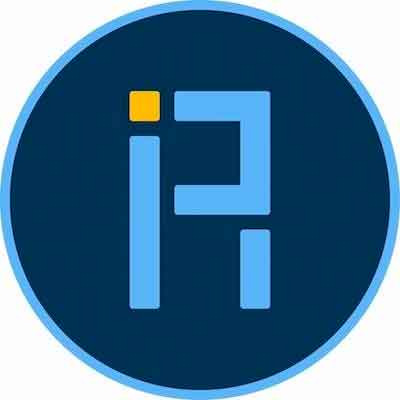Can you leverage the data outputs of multiple face recognition algorithms to improve overall accuracy?
There is a large literature on biometric fusion intended to improve accuracy via fusion of multiple modalities (e.g., face + fingerprint), multiple algorithms, or multiple samples.
However, most of the research has only addressed 1:1 verification at the score-level.
This prize challenge is aimed at stimulating research into methods to improve one-to-many (i.e., 1:N) identification accuracy via template-level fusion.
Can further accuracy gains be realized by fusing feature-level templates or through more innovative score-level fusion methods informed by modern data science?
Who We Are:
- The Intelligence Advanced Research Projects Activity (IARPA), within the Office of the Director of National Intelligence (ODNI), focuses on high-risk, high-payoff research programs to tackle difficult challenges of the agencies and disciplines in the intelligence community.
- IARPA’s challenges invite experts from the broader research community to participate in IARPA research in a convenient, efficient, and non-contractual way.
(Learn More about IARPA. Courtesy of the Office of the Director of National Intelligence and YouTube.)
What We’re Doing:
- The 2018 FOFRA challenge tasks developers with fusing the outputs of multiple face recognition algorithms applied to the same input images.
- Fusion can be conducted on templates, before recognition, or on scores produced by recognition, with prizes awarded for best improvements to verification and identification accuracy.
Where We’re Doing This:
- Face recognition error rates, particularly on uncontrolled face imagery, are well above zero.
- While algorithm development has seen considerable investment, other mechanisms for improving accuracy are known.
- Among them, there is a large academic literature on biometric fusion, covering multimodal and multi-algorithmic fusion.
- It shows that substantial accuracy gains can be made over using a single mode, or a single algorithm alone, and this can be achieved, in large part, using quite simple methods.
- The gains reduce when the fused inputs are correlated.
- The vast majority of the literature addresses biometric verification, rather than identification.
- Moreover, the literature covers score-level fusion rather than feature (i.e. template) level fusion.
- The latter, on information theoretic grounds, offers greater accuracy gains at the expense of some complexity.
When We’re Doing This:
- Registration to join the challenge will take place through Challenge.gov.
- You can find the challenge details and rules at that site.
- From the Challenge.gov webpage, participants will be directed to register with the National Institute of Standards and Technology (NIST).
- Registration closes on August 6, 2018.
| When does registration begin? | May 23, 2018 |
| Where to learn more about the challenge, including rules, criteria and eligibility requirements: |
https://www.challenge.gov/challenge/fusion-of-face-recognition-algorithms/ |
| Where do participants register? | https://www.challenge.gov/challenge/fusion-of-face-recognition-algorithms/ |
| When is the deadline for comments on the API and other documents? | June 6, 2018 |
| When is the registration deadline? | August 6, 2018 |
| When will winners be announced? | October 2018 |
The challenge will proceed with developers sending pre-compiled software libraries to NIST, who is the designated test laboratory for FOFRA.
At NIST the algorithms will be run on sequestered images.
Why Should Participate:
- The FOFRA Prize Challenge is intended for prize participants who are eligible to compete for the challenge prizes.
- We encourage researchers in the fields of biometrics, computer vision, and data science to participate, both domestic and international, from academia and industry.
- Other U. S. Government Agencies, Federally Funded Research and Development Centers (FFRDCs), University Affiliated Research Centers (UARCs), or any other similar organizations that have a special relationship with the Government that gives them access to privileged or proprietary information, or access to Government equipment or real property, will not be eligible to participate in the prize challenge.
- Read the full rules and challenge eligibility details by going here: https://www.challenge.gov/challenge/fusion-of-face-recognition-algorithms/.
Why Participate? 
- The developers of the fusion methods with the greatest improvements in match accuracy will be eligible to win cash prizes from a total prize purse of $70,000.
- Prizes will be awarded in four categories: Template- and score-level fusion applied to verification and identification, with extra awards to winners who opt to open-source their approaches.

















